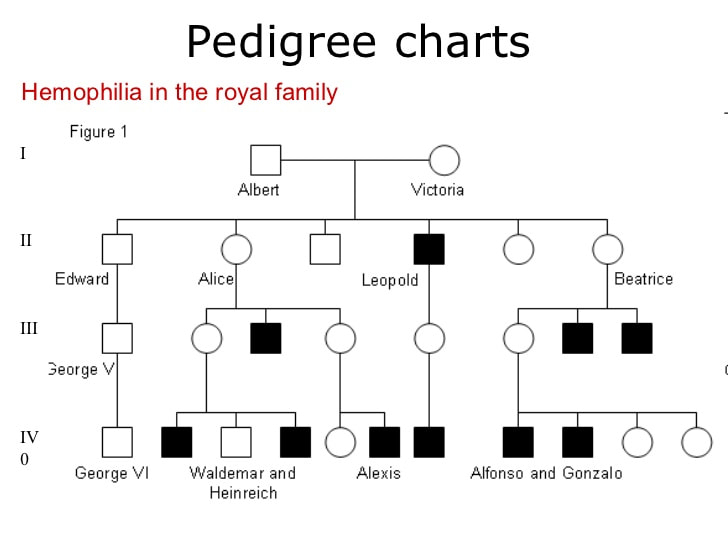A pedigree chart is a visual representation of an individual’s family tree, showing the relationships between family members over multiple generations. It is commonly used in genetics and genealogy to track the inheritance of traits and diseases within a family.
Each person in the pedigree chart is represented by a symbol, typically a circle for females and a square for males. Lines connect individuals to show their relationships, with different symbols and colors used to indicate different traits or genetic markers.
Pedigree Chart Science Definition
Why are Pedigree Charts Important in Science?
Pedigree charts play a crucial role in scientific research, particularly in the fields of genetics and heredity. By analyzing the patterns of inheritance shown in a pedigree chart, researchers can identify genetic traits, track the transmission of diseases, and study the likelihood of certain traits being passed down through generations.
Through the use of pedigree charts, scientists can uncover valuable information about the genetic makeup of individuals and families, leading to advancements in medical research, genetic counseling, and personalized medicine.
Conclusion
In conclusion, a pedigree chart is a valuable tool in science for understanding genetic inheritance and familial relationships. By visually representing family histories and genetic traits, pedigree charts help researchers and healthcare professionals make informed decisions about genetic risk factors and potential treatments. Understanding the definition and significance of pedigree charts is essential for anyone studying genetics or interested in their own family history.
